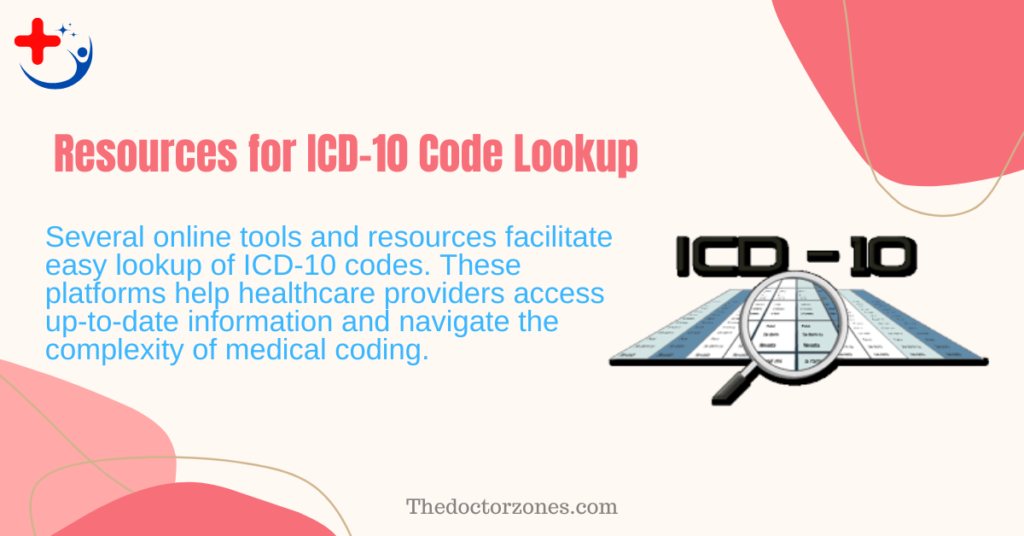Breast Cancer Screening ICD 10
Encounter for screening mammogram for malignant neoplasm of breast. Z12. 31 is a billable/specific ICD-10-CM code that can be used to indicate a diagnosis for reimbursement purposes. Discover about What Level Of Eosinophils Indicate Cancer
Breast cancer is a significant health concern worldwide, making early detection and screening vital for effective management and treatment. The International Classification of Diseases, 10th Revision (ICD-10), plays a critical role in standardizing the documentation and reporting of breast cancer screening procedures. This comprehensive guide will delve into the intricacies of breast cancer screening using ICD-10 codes, the significance of these codes, and the various screening methods employed to detect breast cancer.
Understanding ICD-10 and Its Role in Breast Cancer Screening
What is ICD-10?
The International Classification of Diseases, 10th Revision (ICD-10), is a globally recognized system for classifying medical diagnoses and procedures. It enables healthcare providers to assign specific codes to various health conditions, procedures, and interventions. This standardized coding system facilitates accurate documentation, communication among healthcare professionals, and data analysis for research and public health strategies.
Importance of ICD-10 in Breast Cancer Screening
ICD-10 codes are integral to medical coding, ensuring standardized representation of diagnoses and procedures in healthcare records. Accurate coding is essential for tracking patient histories, analyzing screening outcomes, and informing public health policies. For breast cancer screening, ICD-10 codes help differentiate between routine examinations and confirmed diagnoses, aiding in early detection and timely intervention.
Key ICD-10 Codes for Breast Cancer Screening
Screening for Breast Cancer ICD-10 Codes
ICD-10 codes for breast cancer screening are used to document various procedures such as mammograms, MRIs, and biopsies. These codes also help note the absence or presence of breast cancer symptoms. Some key ICD-10 codes for breast cancer screening include:
- Z12.31: Encounter for screening mammogram for malignant neoplasm of breast.
- Z12.39: Encounter for other screening for malignant neoplasm of breast.
- Z80.3: Family history of malignant neoplasm of breast.
These codes are essential for recording routine screenings where no disease is presumed, emphasizing the importance of preventative health measures.
ICD-10 Codes for Breast Cancer
In addition to screening codes, there are specific ICD-10 codes for various types of breast cancer. These codes provide detailed information about the location and characteristics of the neoplasm. Examples include:
- C50.211: Malignant neoplasm of upper-inner quadrant of right female breast.
- C50.212: Malignant neoplasm of upper-inner quadrant of left female breast.
- C50.012: Malignant neoplasm of nipple and areola, left female breast.
- C50.112: Malignant neoplasm of central portion, left female breast.
- C50.021: Malignant neoplasm of nipple and areola, left male breast.
- C50.522: Malignant neoplasm of lower-outer quadrant, left male breast.
These specific codes help in detailed documentation and accurate diagnosis, which is crucial for effective treatment planning.
Breast Cancer Screening Tests

Breast cancer screening tests are vital tools in the early detection and management of breast cancer. The following are some of the common screening methods:
Mammograms
Mammography is a widely used diagnostic tool that captures X-ray images of breast tissue. It helps in identifying anomalies that may require further evaluation. The screening mammogram ICD-10 code (Z12.31) is used to document routine mammograms where no symptoms are present.
Breast Magnetic Resonance Imaging (MRI)
Breast MRI uses magnets and radio waves to create detailed images of breast tissue. It is often used for patients at high risk of breast cancer or those with dense breast tissue where mammograms may not be as effective.
Clinical Breast Exams
Clinical breast exams are conducted by healthcare providers to identify any physical changes or abnormalities in the breast. These exams complement mammograms and provide a comprehensive assessment of breast health.
Self-Examinations
Breast self-examinations empower individuals to actively participate in their health. While not a substitute for professional screenings, self-examinations promote self-awareness and encourage individuals to seek medical advice if any changes are detected.
The 2024 Edition of ICD-10-CM and Its Impact
The 2024 edition of ICD-10-CM (Clinical Modification) includes updates and revisions that reflect advancements in medical knowledge and diagnostic precision. The American ICD-10-CM version has unique modifications tailored to the American healthcare system, ensuring that the codes are relevant and applicable to current medical practices.
References and Annotations
The 2024 edition includes references that link specific codes to diagnostic procedures and further investigative steps. These annotations are invaluable for ensuring that screening tests are correctly linked to potential diagnoses, aiding in accurate and consistent medical records.
International Versions of ICD-10
The international versions of ICD-10 have similar codes for breast cancer screening tests, although there might be minor variations to reflect different healthcare practices around the world. This global standardization aids in comparative research and understanding of breast cancer trends internationally. The applicable annotations provide essential guidance on when and how to use each specific code, ensuring uniformity in medical documentation.
Significance of Accurate ICD-10 Coding

Facilitating Data Analysis and Research
Accurate ICD-10 coding is crucial for robust data analysis and research. Comprehensive and well-coded data help researchers identify trends in breast cancer incidence, demographics, and treatment outcomes. This information is essential for developing effective prevention strategies and improving patient care.
Informing Public Health Strategies
ICD-10 coded data guide the development of targeted public health campaigns. By understanding regional prevalence and screening rates, health authorities can tailor interventions to address specific needs. This data-driven approach enhances the effectiveness of public health strategies and resource allocation.
Simplifying Billing and Reimbursement
Accurate ICD-10 coding streamlines billing and reimbursement processes. Healthcare facilities can submit precise claims, reducing the likelihood of payment delays or denials. This efficiency in billing contributes to the financial stability of healthcare institutions and ensures timely compensation for services rendered.
Reducing Administrative Errors
Using standardized ICD-10 codes minimizes administrative errors that could lead to inaccuracies in medical records. This fosters effective communication among healthcare providers, reducing potential risks and enhancing patient safety.
Staying Updated with ICD-10 Changes
Periodic Revisions and Additions
ICD-10 codes are subject to periodic updates, reflecting advancements in medical knowledge. Healthcare professionals must stay informed about these changes to ensure accurate coding and reporting. This continuous learning process is essential for maintaining high standards of care and documentation.
Resources for ICD-10 Code Lookup
Several online tools and resources facilitate easy lookup of ICD-10 codes. These platforms help healthcare providers access up-to-date information and navigate the complexity of medical coding. Utilizing these resources ensures that coding practices remain current and accurate.
Conclusion
In the realm of breast cancer screening, accurate documentation and reporting are paramount. The utilization of ICD-10 codes ensures that screening procedures are properly tracked and evaluated, contributing to effective patient care and informed decision-making. These codes play a vital role in data analysis, research, and public health strategies, making them indispensable tools for healthcare professionals.
FAQs (Frequently Asked Questions)
Q: What is the purpose of ICD-10 codes in breast cancer screening?
A: ICD-10 codes facilitate standardized documentation and reporting of breast cancer screening procedures, aiding in data analysis and research.
Q: How do I differentiate between screening and diagnosis codes in ICD-10?
A: Screening codes (e.g., Z12.31) denote routine examinations, while diagnosis codes (e.g., C50.919) indicate confirmed cases of breast cancer.
Q: Why are mammograms important in breast cancer screening?
A: Mammograms are crucial for early detection, capturing X-ray images of breast tissue to identify potential abnormalities.
Q: Can individuals perform breast cancer screenings at home?
A: While self-examinations promote self-awareness, they don’t replace medical exams. Professional screenings are essential for accurate diagnosis.
Q: Where can I find resources for looking up ICD-10 codes?
A: Numerous online platforms offer easy access to up-to-date ICD-10 codes, simplifying the coding process for healthcare providers.








